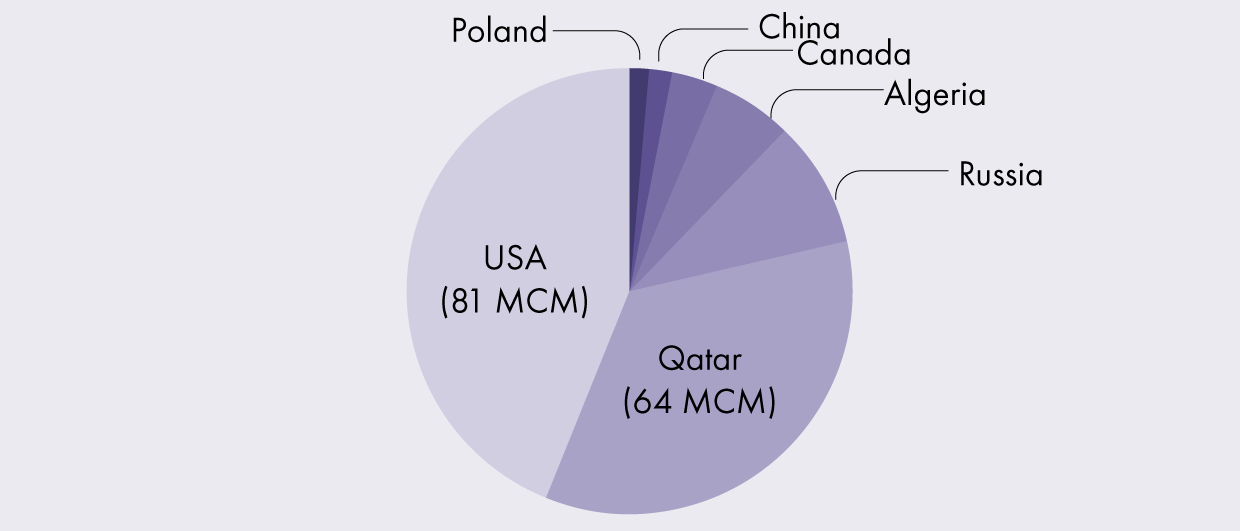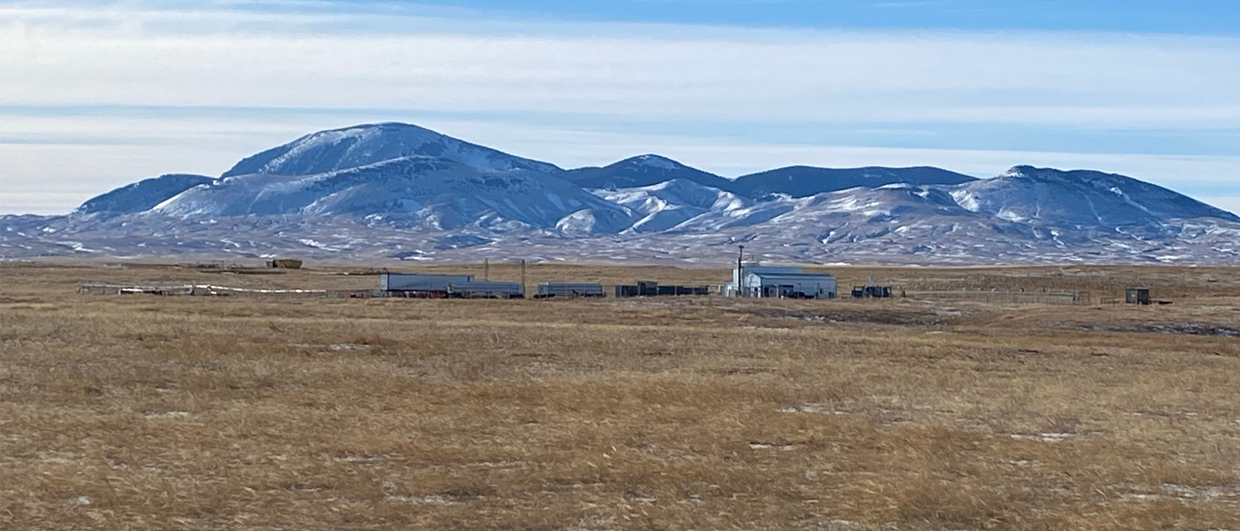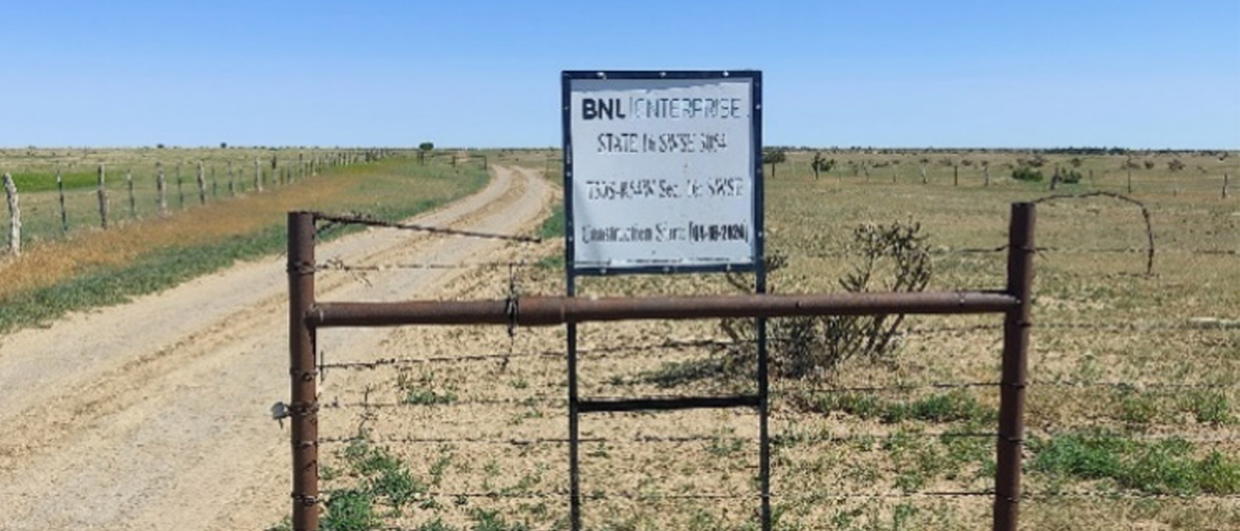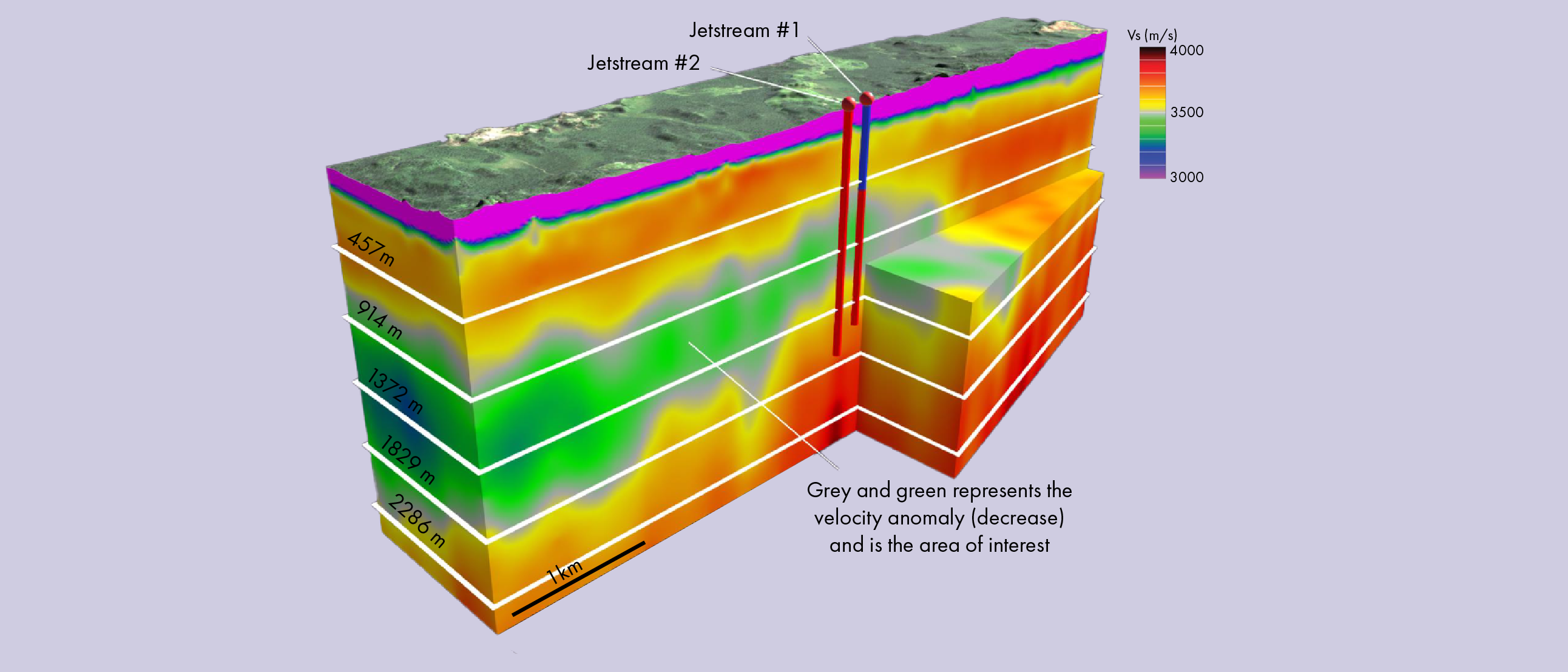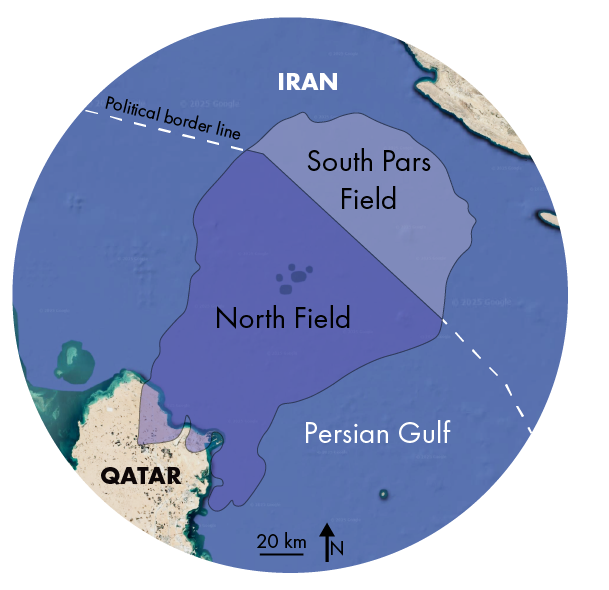
Iran is set to join the exclusive group of helium-producing countries. With the launch of its pilot project to extract and purify helium from natural gas, it is on its way to becoming one of only ten global producers. Initially, the helium will supply the domestic market, but eventually, the intention is to export. While this might sound like Iran is ahead of the game, it is actually a delayed response to exploit its well-established helium reserves. This is largely due to the sanctions imposed on the country, meaning the project had to be entirely domestically engineered and manufactured.
In contrast, Qatar, located across the Persian Gulf from Iran, has been separating helium from natural gas for 20 years and is currently the second-largest helium producer in the world. Qatar’s helium is extracted from the vast North Field, which extends across the maritime border into Iranian territory, where it is referred to as the South Pars Field.
The North Fields’s reservoir section, within the Upper Khuff Formation, is characterised by five marine regression cycles. The youngest four cycles each consist of carbonate with good reservoir properties and sealing dolomite with interbedded anhydrite. The field is dome-shaped, with the apex located on the Qatari side of the border. The down-dip position of the Iranian part of the closure means that gas flows towards Qatar as the field depletes.
The United States, the world’s largest helium producer, considers it economically viable to separate helium when the gas stream contains at least 0.3 %. In contrast, the North Field contains an order of magnitude less helium, about 0.04 %. Nevertheless, due to Qatar’s high natural gas production rate, it still manages to account for 34 % of global helium production.
The trace amount of helium present in the North Field is generated by background levels of radioactive decay. Helium can be added to hydrocarbons at any stage in the play model: In the shales where the natural gas is generated, during its migration to the reservoir or within the reservoir itself.
The Atomic Energy Organisation of Iran, responsible for launching the helium pilot project, has not disclosed which gas field or fields will be utilised for helium extraction. Iran is currently producing natural gas from approximately 21 fields, situated both onshore and offshore. Although the helium concentration of these fields is not publicly available, estimates suggest that Iran may possess the third-largest helium reserves in the world.
If the construction of the pilot facility proceeds as planned, helium extraction and purification are set to start in March 2026.

